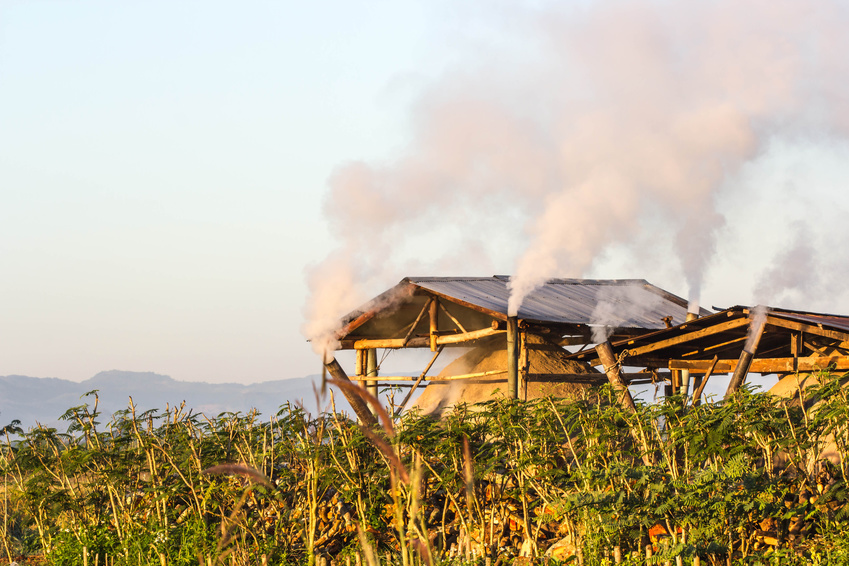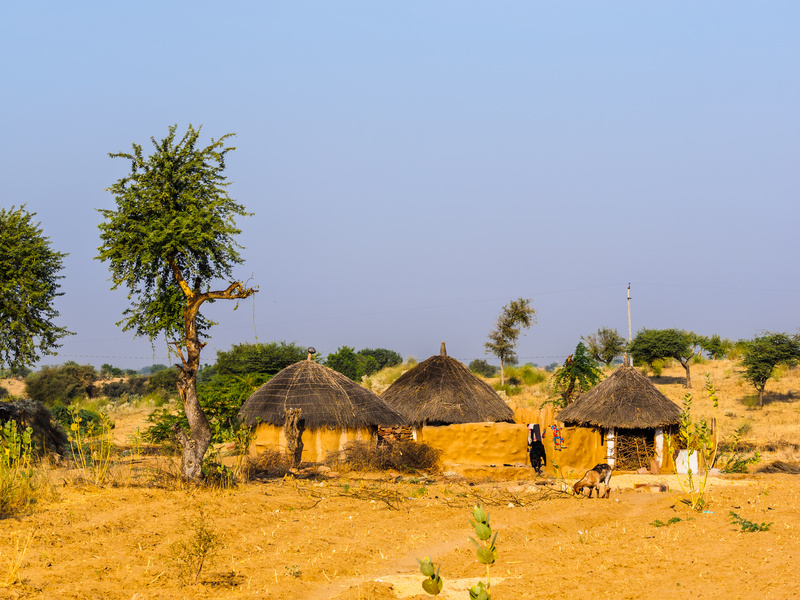More than 1.2 billion people worldwide lack basic access to electricity. According to the International Energy Agency (IEA), 95% of these people are in Sub-Saharan Africa and developing Asia, and 80% are the rural poor. Providing reliable, resilient clean energy to the world’s often remote, off-grid rural communities gives these communities the power (in both senses of the word) to run businesses, create new economic opportunities, and ultimately improve health and sanitation while increasing prosperity.
Currently, those suffering from rural energy poverty expend great effort to collecting fuel to meet their basic needs. Charcoal, kerosene, wood, diesel when available, and even dung burn inside homes and businesses, causing severe pollution. The fossil fuels used are highly vulnerable to theft as well. For these reasons, hybrid renewable microgrids are an ideal solution for ending worldwide rural energy poverty, and using renewable energy is a key element in the success of these new systems.

Hut producing charcoal creates pollution in rural Kenya
The World Bank, along with partner agencies, is financing initial efforts to scale up microgrids in Sub-Saharan Africa and developing Asian countries. The World Bank has allocated more than $90 million to date for these facilities. Other organizations, forward-thinking companies, and governments are stepping up to the world energy poverty challenge as well, creating many new opportunities for microgrid growth.
Solutions for rural Kenya’s energy poor
The East African country of Kenya provides grid access to only one-third of its population. In rural areas, affordable PV solar is sometimes available for individuals, but the energy it provides is insufficient for anything more than lighting and charging cell phones. On the other hand, low-cost microgrids offer a much larger electrical output.
The village of Entasopia, located near the Tanzanian border, serves as a model of microgrid-based electricity’s transformative power. Two years ago, UK-based SteamaCo installed a microgrid in this southern savannah rural village, which had been plagued by energy poverty. Residents of communities like this one had been paying 20-60 times as much for power, from poor sources of energy, than those living in developed countries. Now, residents pay only a fraction of the price they’d pay the utility company (assuming the grid is even a possibility).
SteamaCo’s high-capacity solar panels at power hubs store energy in high-voltage batteries, power that is then distributed to dozens of households as well as the new businesses that are made possible by electricity. SteamaCo has now brought this technology to 25 village grids in Kenya, supplying as many as 10,000 people and businesses. The company is planning for $1 million in funding to bring this technology to other communities in Africa.
“Light from roof systems can improve quality of life, but only microgrids can lift people out of poverty,” says Emily Moder, SteamaCo’s software manager. “They are the next step up. And by allowing people to build businesses and another source of income, they improve the resilience of rural communities against drought or climate change.”
Adds Diaretou Gaye, World Bank country director for Kenya: “We believe mini-grids can offer a promising solution to provide electricity to many rural communities and we are committed to working with these communities to explore their viability.”
India’s renewable energy revolution hindered by bureaucracy
In India, 200 million people living in rural areas still use kerosene for fuel. Despite the country’s plan to bring electricity to all its citizens, the rural population isn’t reaping the benefits of “electricity for all.” More than 50% of villages are now connected to the grid, but only 20% of off-grid areas have been electrified, according to the Indian government.

Rural energy poverty is widespread in India
“Generation capacity in the country has grown by an impressive 7% every year for over a decade,” writes Sudha Mahalingam in The Wire. “However, most of this is going to affluent…urban Indians…From time to time, the government comes up with new rural electrification initiatives…[all of which] are falling through the cracks somewhere, even as faceless villagers continue to toil in darkness.” Mahalingam supports the emerging African microgrid model for India’s rural poor, advocating for private systems that avoid the entrenched government bureaucracy and give the population control of energy sources and systems.
“Mini-grids will industrialize rural India in a way that Gandhi might have approved of,” he predicts. “The potential is immense, if only the government can [create] an enabling environment through the formulation of a clear-cut policy and regulatory framework.”
Indeed, in a blog post last month, Bridge to India is very cautiously optimistic about the Indian government’s plans and new regulation proposals. The organization reports that a new U.S.-India agreement expected to bring in up to US$1 billion in investment will could greatly impact the Indian off-grid solar power program.
“India has a terrible record on providing reliable grid electricity to large parts of the country,” writes Bridge to India. “Several startups have enjoyed limited success…but a scalable, profitable model seems to be elusive.” In addition, financing continues to be a major obstacle to off-grid renewable energy.
The world will be watching India closely and taking notes. Success in India would be a huge boost to the idea of microgrid development as a solution to worldwide energy poverty.
Continued in Part 2, which will address rural energy poverty in Haiti, potential microgrid solutions in Alaska, and the population-empowering “Minigrid Game.”
